Why is freeze-dried coffee so popular? What is the difference between instant coffee and freeze-dried coffee?
In the early days, the word freeze-dried coffee powder was so hot that many guests could be heard discussing it in the store. Many guests drank coffee with their hands and bought popular products, freeze-dried coffee, to drink on the other side. And what do they mean by freeze-dried coffee? Qianjie will come to share this knowledge.
In fact, freeze-dried coffee is not a new product, strictly speaking, it belongs to the category of instant coffee. Yes, it is at the bottom of the "coffee disdain chain"-instant coffee.
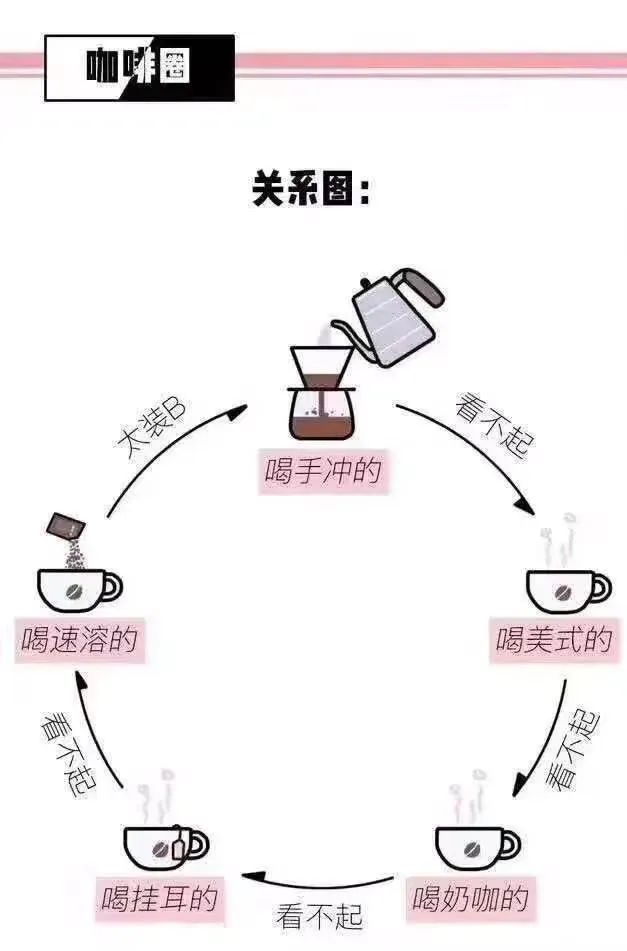
Qianjie specifically states that there is no distinction between the pros and cons of coffee, and there should be no "chain of disdain", but in fact it does exist and needs to be addressed squarely. Let's start with the history and technology of instant coffee. We believe that the official emergence of instant coffee was in 1901 when a team of Japanese chemists in Chicago, USA, made coffee powder by vacuum drying in coffee solution.
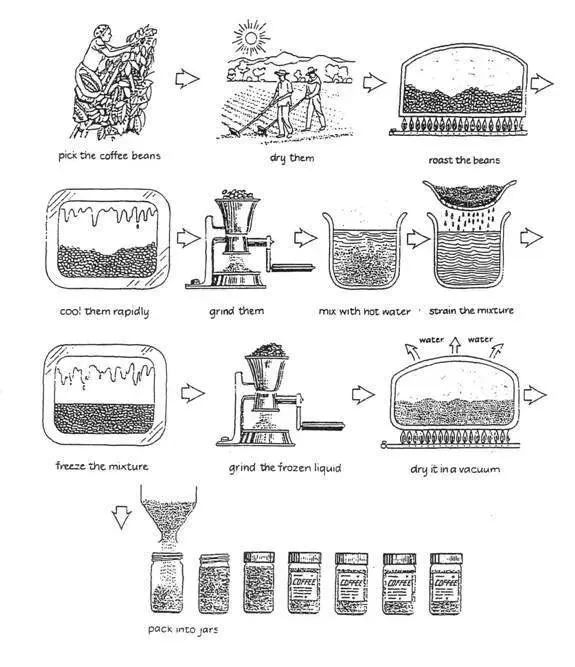
It was not until 1937 that Nestle invented the "spray drying method" to produce instant coffee, which established the later instant coffee production process. This method is actually the principle of thermal drying. First of all, the roasted coffee beans are dissolved in the water. To put it simply, the coffee is brewed in large quantities, and then the coffee liquid is sprayed into numerous small water droplets through the sprinkler head and sprayed into a high-temperature drying chamber, so that the water is easily evaporated. The rest is instant coffee powder that forms a powdered solid. The production cost of this process is relatively low, so it has become the mainstream instant coffee production process. As a result of high-temperature processing, so much of the flavor of the coffee has been lost, leaving a bitter taste of coffee. Therefore, it is mostly used to make "two-in-one", "three-in-one" and "instant black coffee" with competitive price. It usually appears in the form of powder. There is another expensive process, which is freeze-drying. Despite the fact that freeze-dried coffee has only become popular in the past two years, freeze-dried coffee technology has a history of several decades. The usual operation is to use hot water to dissolve the substance in the coffee, but the solution is not as light as we make coffee, but dissolves into a concentrate with a concentration of about 65%. Anyway, it doesn't look like coffee liquid, but chocolate syrup.

The concentrate is then condensed in an environment of-5 degrees until it becomes paste and transferred to a freezer of-40 to-50 degrees. After the coffee condenses, it is broken to small particles of 2-3mm, which is why freeze-dried coffee powder is usually in small lumps.
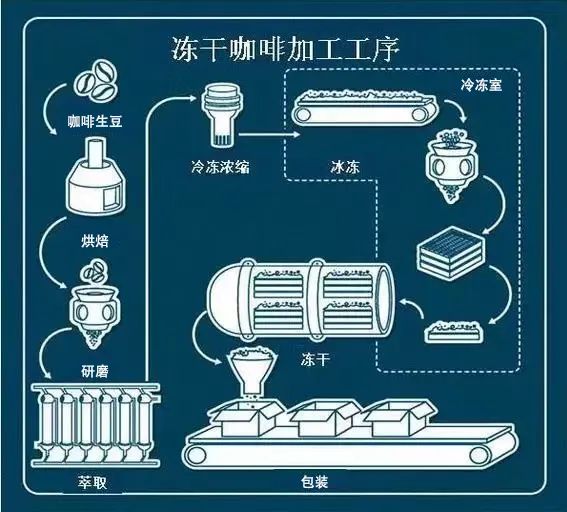
The last step is to send the particles into a vacuum drying chamber for heating and drying. When heated in a vacuum, the water will sublimate rather than liquefy, and the dried coffee particles will become freeze-dried coffee. Such as Nestl é freeze-dried instant coffee powder, UCC 114,117 is made by this process. The freeze-drying process is more expensive, but it also better retains the flavor of the coffee. Of course, the price will be higher.
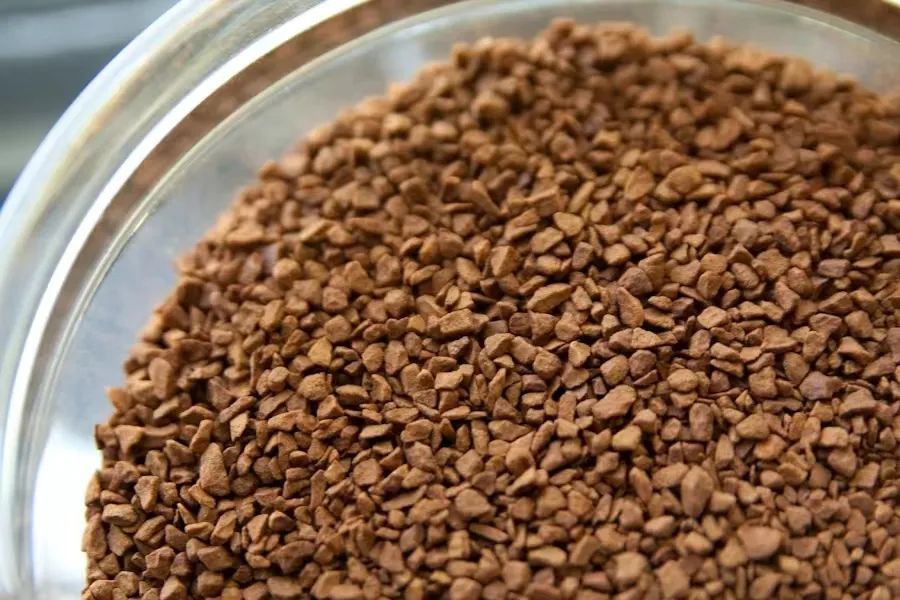
At this point, we seem to have the answer that instant coffee is often defined by coffee players as the bottom of the "disdain chain" because of its raw materials and craftsmanship. The long-term stereotype also makes it difficult to associate the word with good taste. As a result, instant coffee with a "freeze-dried coffee" vest is out of the circle. Nowadays, coffee is generally in pursuit of flavor, and instant coffee also needs to be updated. Robusta coffee beans used to be used as raw materials, but now some manufacturers pay attention to all-Arabica coffee beans; freeze-drying technology has also been improved. previously, the coffee liquid needed for freeze-drying still needed to be dissolved in hot water, but now there is freeze-dried coffee technology, so the flavor of the coffee will be better preserved. In terms of sales phase, instead of using the particle size of 2-3mm as the standard, some freeze-dried coffee will be beaten into shiny powder crystals. On the packaging, there is also a large, exquisite and interesting quantity of small can packaging. This undoubtedly makes the public decouple this coffee from instant coffee and get rid of the stigma of instant coffee.
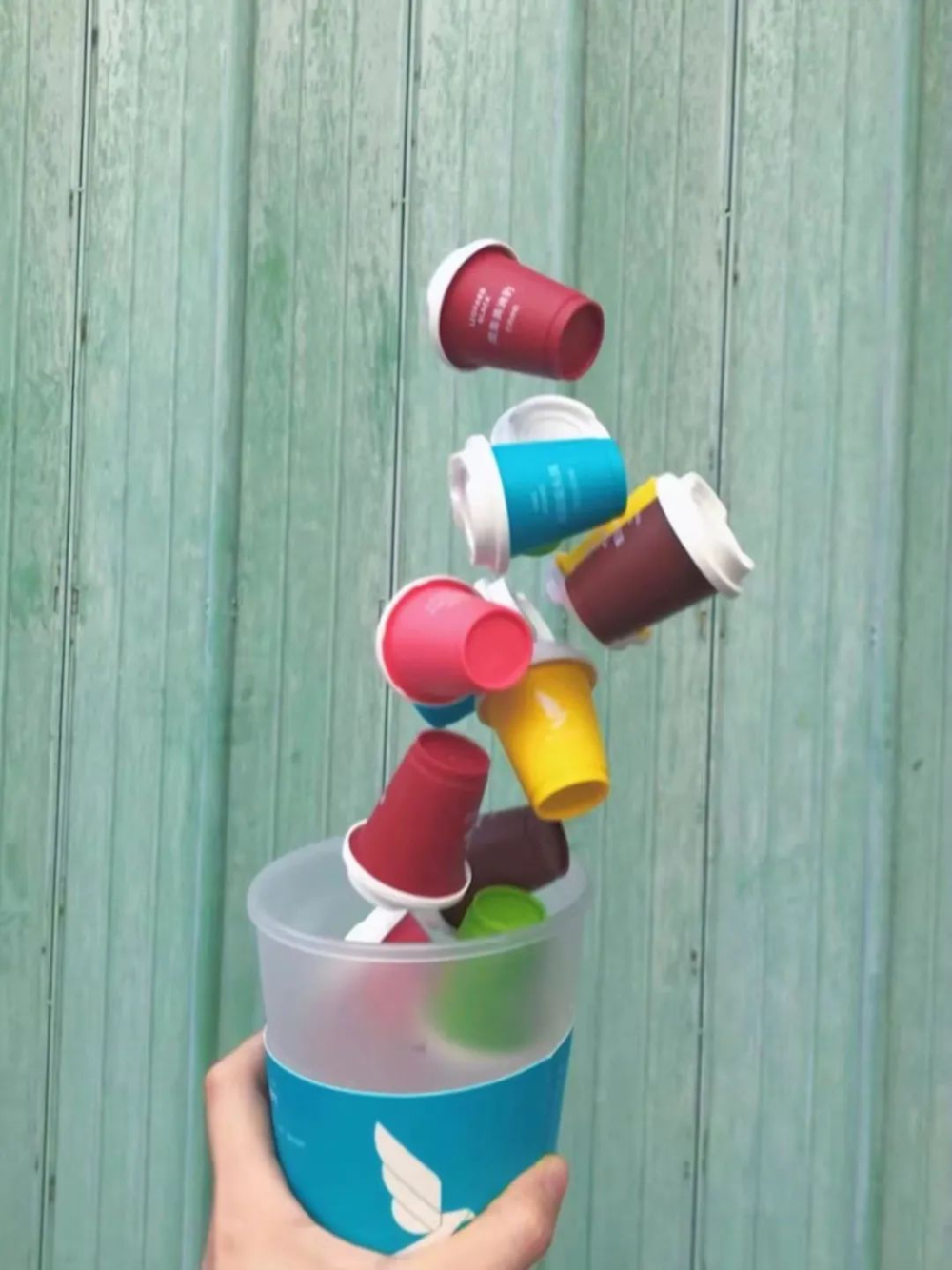
Important Notice :
前街咖啡 FrontStreet Coffee has moved to new addredd:
FrontStreet Coffee Address: 315,Donghua East Road,GuangZhou
Tel:020 38364473
- Prev

Cappuccino Coffee Love pattern introduction course Coffee pull Milk foam requirements
I will have a flower drawing class in the front street today! Today, let's teach you one of the most basic patterns-big hearts. This pattern is basically the pattern pulled out by every novice for the first time, and it is also the basis of many patterns. The premise of learning this is to pass the foundation of extraction concentration, milk foam, holding the jar and fusion, and friends who do not have the skills can find them.
- Next

Introduction to the story of the origin of the proportion of Australian white coffee making: the difference between flat white fragrant white and latte coffee
Recently, a friend asked Qianjie, "how much espresso and how much milk do you need to make Australian white coffee?" Italians are really good at fancy coffee. What else can't be done if they can pour espresso into ice cream to form a new product? Yes, changing the ratio of coffee to milk can also create
Related
- Beginners will see the "Coffee pull flower" guide!
- What is the difference between ice blog purified milk and ordinary milk coffee?
- Why is the Philippines the largest producer of crops in Liberia?
- For coffee extraction, should the fine powder be retained?
- How does extracted espresso fill pressed powder? How much strength does it take to press the powder?
- How to make jasmine cold extract coffee? Is the jasmine + latte good?
- Will this little toy really make the coffee taste better? How does Lily Drip affect coffee extraction?
- Will the action of slapping the filter cup also affect coffee extraction?
- What's the difference between powder-to-water ratio and powder-to-liquid ratio?
- What is the Ethiopian local species? What does it have to do with Heirloom native species?

